
Many classic films were originally shot on large-format film – like IMAX – which captured incredible detail. Today, advanced technology lets us scan these films at high resolution and convert them to 3D while still maintaining their original look and feel, including color and film grain. The films listed below were made with impressive sets, beautiful cinematography, or groundbreaking digital techniques, and thankfully, high-quality versions still exist. They’ve either already been restored beautifully, or we have the original materials needed to create new, improved versions.
‘The Matrix’ (1999)

The film was shot on 35mm with special lenses that create a detailed, three-dimensional look. Extensive visual effects, including wires, sets, and models, appear crisp in the new, high-resolution scans. Warner Bros. created 4K restorations using the original film, providing a solid foundation for converting it to stereoscopic 3D. The film’s long shots and slow-motion sequences, featuring clearly defined subjects, are well-suited for creating a 3D effect.
‘Inception’ (2010)

Major scenes were filmed using both 35mm and 65mm film, resulting in incredibly detailed images that are ideal for creating a sense of depth. On-set techniques like rotating hallways and shooting on location in the snow helped create consistent depth within the shots themselves. The film has already been scanned into 4K with HDR, giving us a solid foundation to work from. Conversations were filmed using careful positioning of actors and wider camera lenses to ensure clear layers of detail in the foreground, middle ground, and background.
‘Interstellar’ (2014)

This release boasts footage originally filmed in 65mm and IMAX, maintaining its original widescreen format for home viewing. Detailed visual depth is achieved through the use of physical models for spacecraft and practical effects like dust and water. The original film has been preserved in high resolution, allowing for flexible viewing options. The music and sound effects are available as separate tracks, ensuring a high-quality audio experience even when viewed in stereo.
‘Blade Runner’ (1982)

As a film lover, I’m thrilled to hear about the care taken with this movie! There are several restored versions available, including a ‘Final Cut’ built from scans of the original film and the best possible inserts. What really excites me is how they built the visuals – lots of detailed miniatures and optical effects that create a sense of depth. The way they used things like rain and neon signs means even after cleaning up the film grain, those elements still pop and feel three-dimensional. And it’s amazing that the production team was so diligent about preserving everything, which makes future restorations even easier and better.
‘Alien’ (1979)

The film was originally shot on 35mm film, using carefully built sets that still look sharp and clear when scanned today. Miniature models were used for spaceships and landscapes, creating a realistic sense of space without excessive blurring. A high-quality 4K restoration has been created from the original film negative, ensuring a reliable source for future versions. The filmmakers used long, smooth camera movements and precise lighting to maintain a consistent sense of depth throughout the movie, even when switching between scenes.
‘Aliens’ (1986)
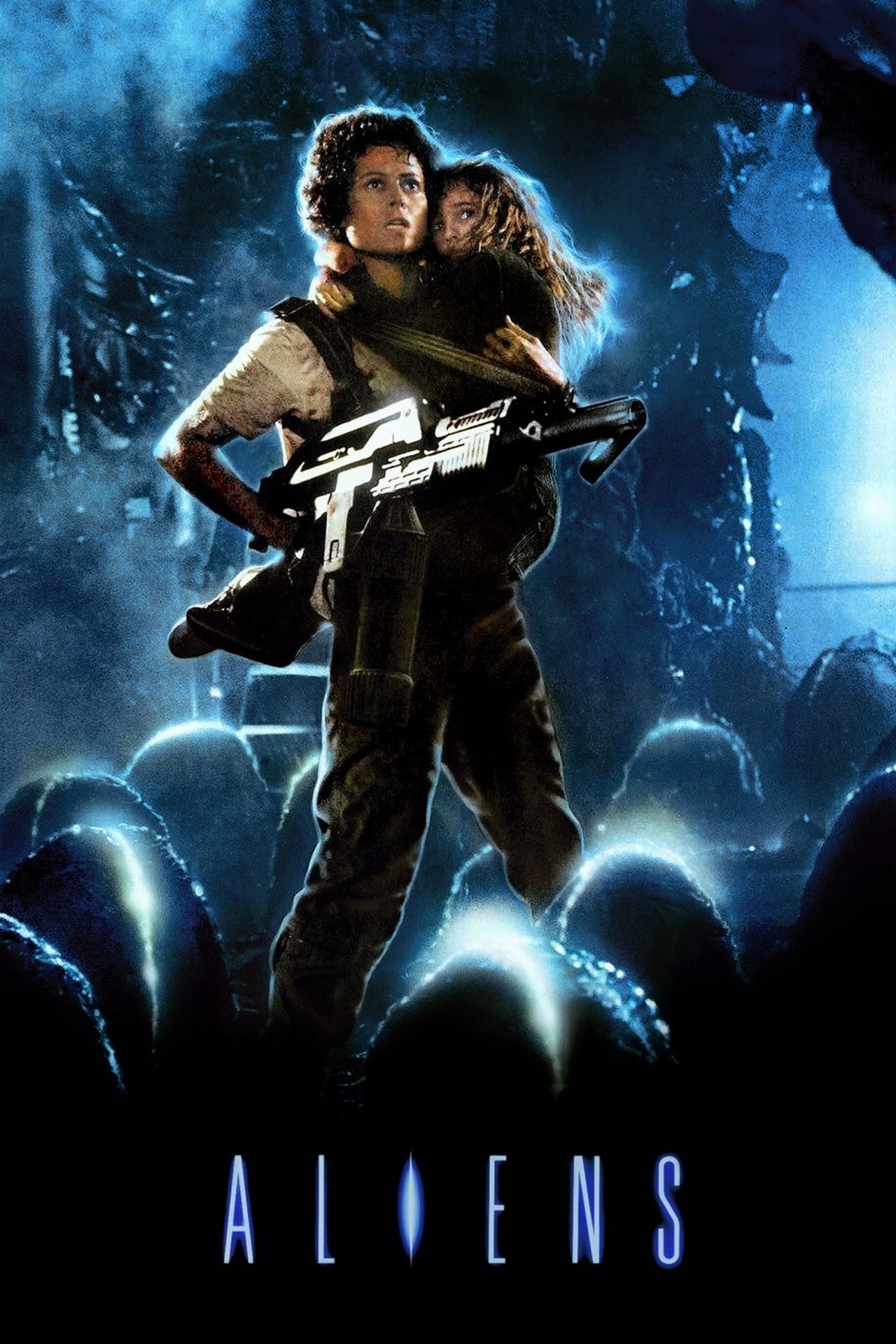
As a film buff, what really struck me about this production was how they approached the visuals. They shot on good old 35mm film and built incredible miniature sets, using practical explosions and effects on set – that really gives everything a sense of real depth. Luckily, both the theatrical release and the special edition have been beautifully restored in high resolution, which makes it easier to maintain a consistent look throughout. The production design itself is fantastic, focusing on these long hallways and layered industrial environments that really pop with a sense of perspective. What I appreciate most is that they relied heavily on in-camera effects and optical tricks, which means separating the different elements is much simpler than if they’d gone wild with digital compositing later on.
‘Raiders of the Lost Ark’ (1981)
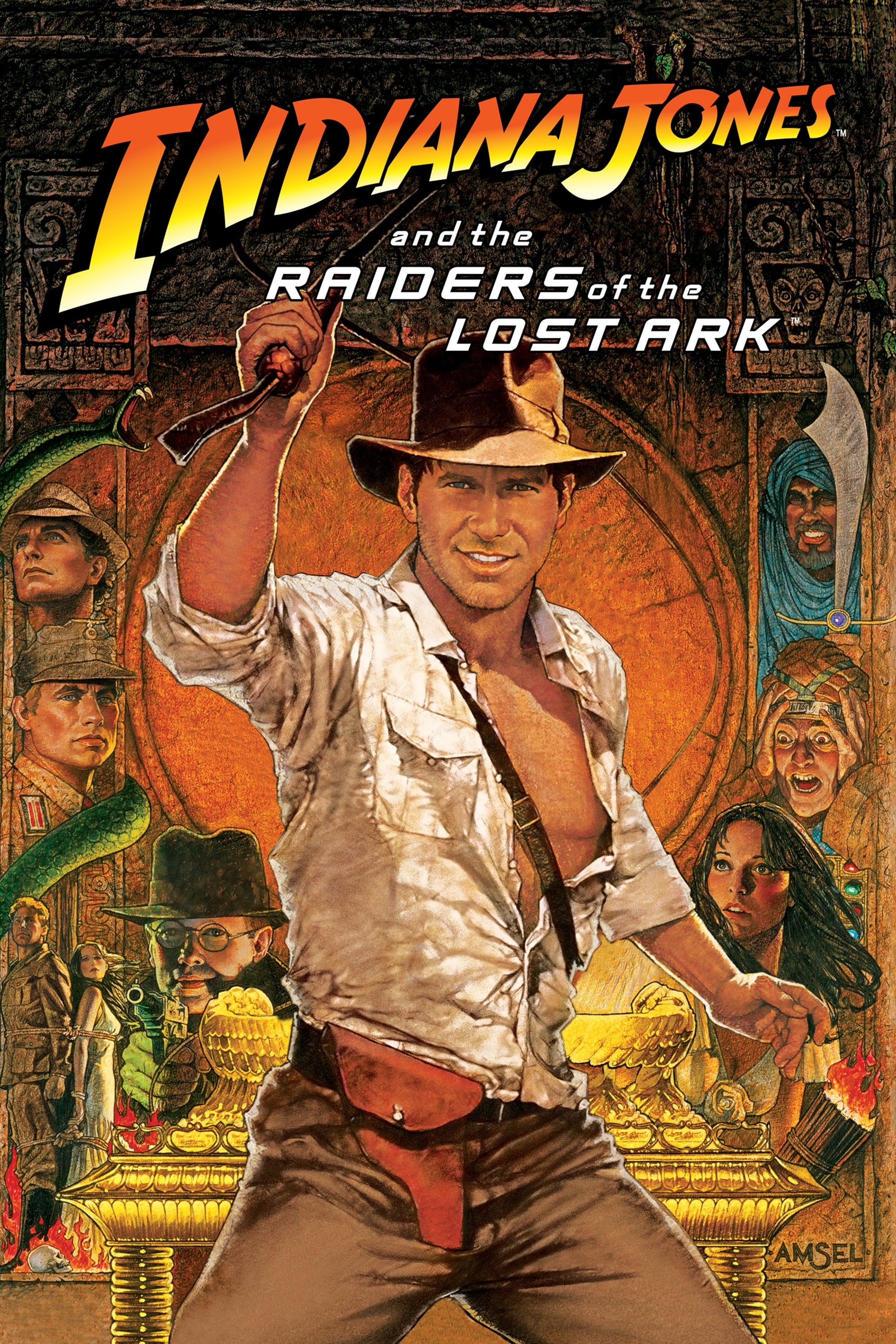
This film was shot on 35mm and features real stunts and on-location filming, resulting in a visually layered look. The film has been carefully restored from the original materials in high resolution, preserving its detail and original colors. Scenes set in the desert and jungle include natural atmospheric effects like haze and dust, creating a convincing sense of depth. The editing focuses on smooth transitions and wide shots to help viewers easily follow the action and maintain a clear understanding of the space.
‘Indiana Jones and the Last Crusade’ (1989)

The film was shot using anamorphic 35mm lenses and extensively on location in deserts and cities across Europe. Real vehicle chases and large sets were used, making it easier to add visual effects. The studio has a comprehensive archive of original audio and picture elements, already prepared for 4K resolution. The final scenes, set in a cavern and library, were designed with clear architectural lines to create a consistent 3D effect.
‘Indiana Jones and the Temple of Doom’ (1984)

This film showcases impressive practical effects, including detailed miniature mine carts and well-executed stunts, which still look great when digitally scanned. The lighting cleverly uses contrasting warm and cool colors to make characters and objects stand out from the background, creating a strong sense of depth. Previous restoration work shows the original film is in good condition with very little loss of quality, especially in important scenes. Quick cuts are balanced with longer, steady shots to make the depth of the images appear consistent and seamless.
‘The Abyss’ (1989)

The film combined innovative underwater photography techniques with physical models and early digital effects. Recent restoration efforts have created new, high-quality versions of the film using the original materials. The underwater scenes feature realistic lighting and subtle particles to create a sense of depth. Smooth camera movements over detailed sets allow for accurate visual effects without any noticeable flaws.
‘King Kong’ (2005)

The movie blended real footage with impressive digital creatures and detailed miniature sets. Weta carefully saved the visual effects elements and high-quality images, making them suitable for creating a 3D experience. The original version is in 4K resolution, ensuring a consistent look throughout the film. Both the jungle and city scenes feature rich details and clear depth, creating immersive environments.
‘Close Encounters of the Third Kind’ (1977)
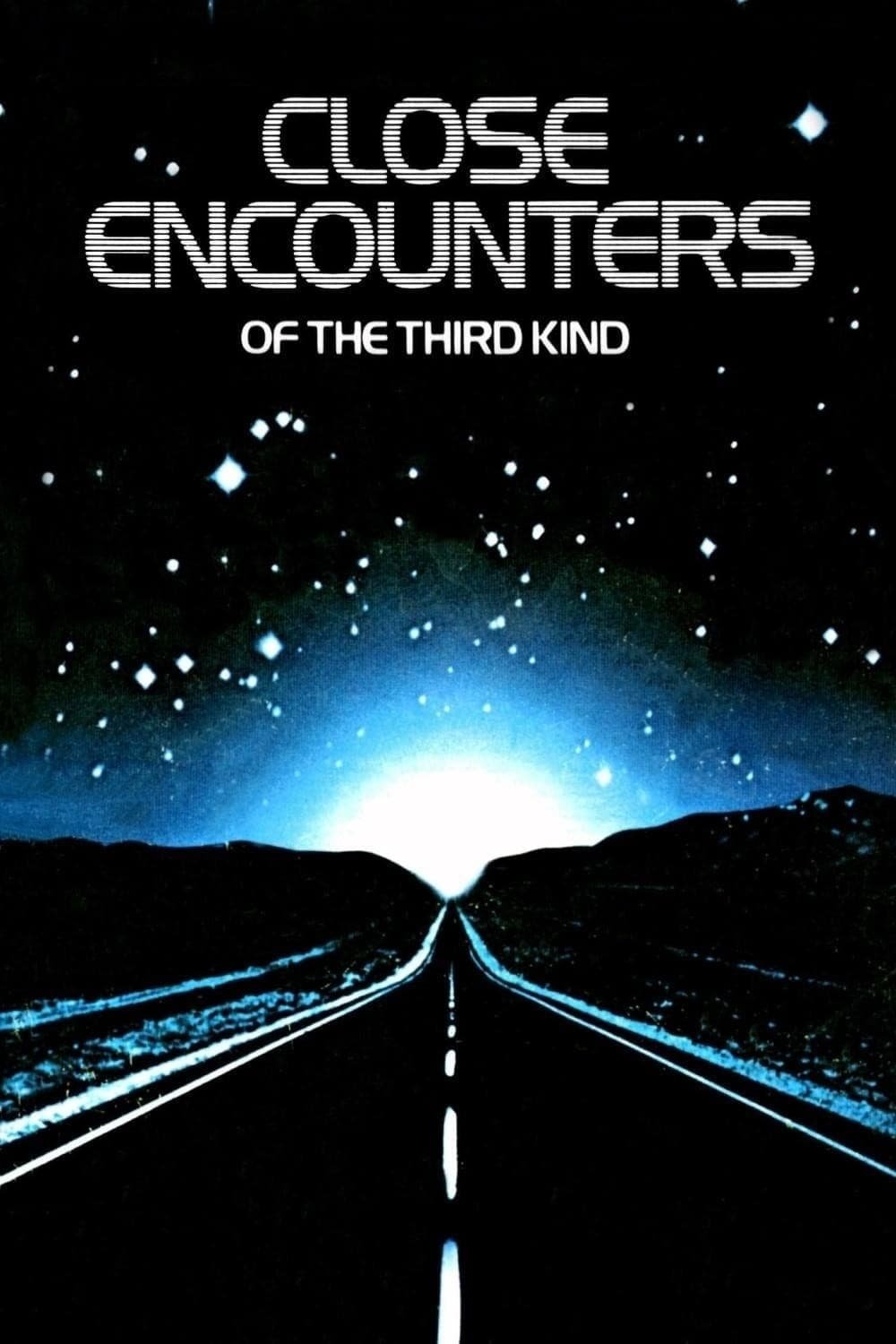
The film uses impressive miniature sets filmed with precise camera movements. Several versions of the movie have been restored using the original footage, including different edits approved at the time. Night scenes are enhanced with backlighting and a smoky atmosphere to create a sense of depth. The climax of the film combines real-life lighting and smoke effects, which help create a realistic three-dimensional look.
‘Planet of the Apes’ (1968)
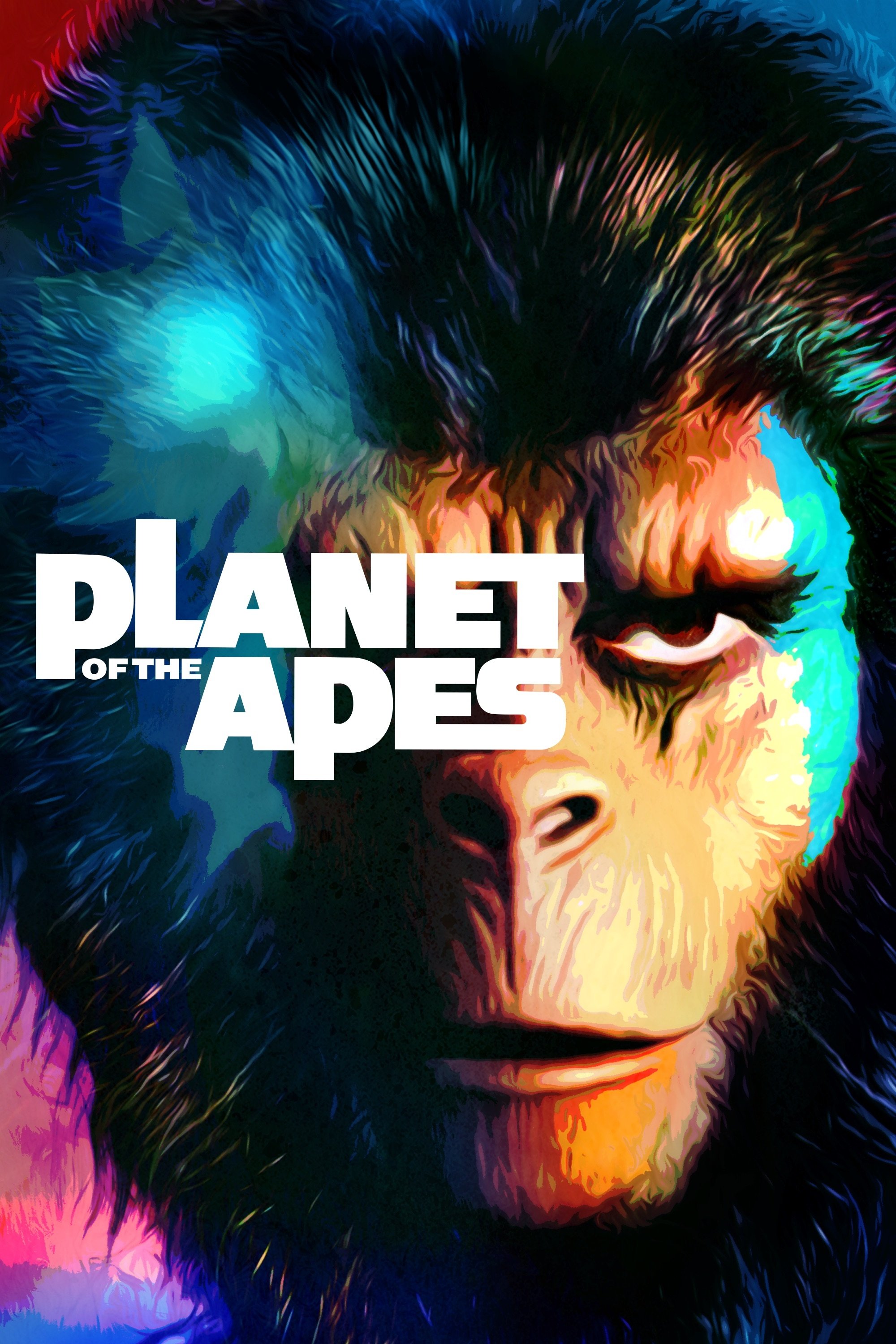
Filmed on 35mm film and extensively on location in desert and coastal areas, the visuals have a rich texture and prominent horizon lines. Makeup and costumes create defined outlines around the characters’ faces, helping them stand out. The film incorporates high-quality scans and restored materials from archival sources. The music and sound effects are clearly labeled, making it easy to sync them with the picture.
‘Crouching Tiger, Hidden Dragon’ (2000)

The movie’s action sequences were filmed using wires to create dynamic movement against beautiful, expansive landscapes. It was shot on 35mm film with sophisticated lenses that kept everything sharply in focus. High-quality historical footage and sound recordings are available, allowing for precise synchronization of sounds and visuals. Scenes in the bamboo forest and on rooftops were designed with strong lines to enhance the sense of depth.
‘Hero’ (2002)

The production design was very detailed, using carefully chosen colors and precise movements within complex scenes. Filmed on 35mm film and then digitally enhanced, the result is a sharp and clear image. Many shots use wide angles to emphasize characters against natural backgrounds like water, sand, or the sky, creating a sense of depth. Current restorations maintain the original film’s texture and color, making it suitable for conversion to 3D.
‘House of Flying Daggers’ (2004)

The movie combines real-life stunts with carefully chosen colors and beautiful scenery filmed on location. Slow-motion shots and wide views of nature give the visuals a sense of depth. The high quality of the original film suggests it can be scanned and restored well. Action sequences, like those with echoes and arrows, are filmed clearly, making it easier to create a consistent and polished look.
‘Minority Report’ (2002)
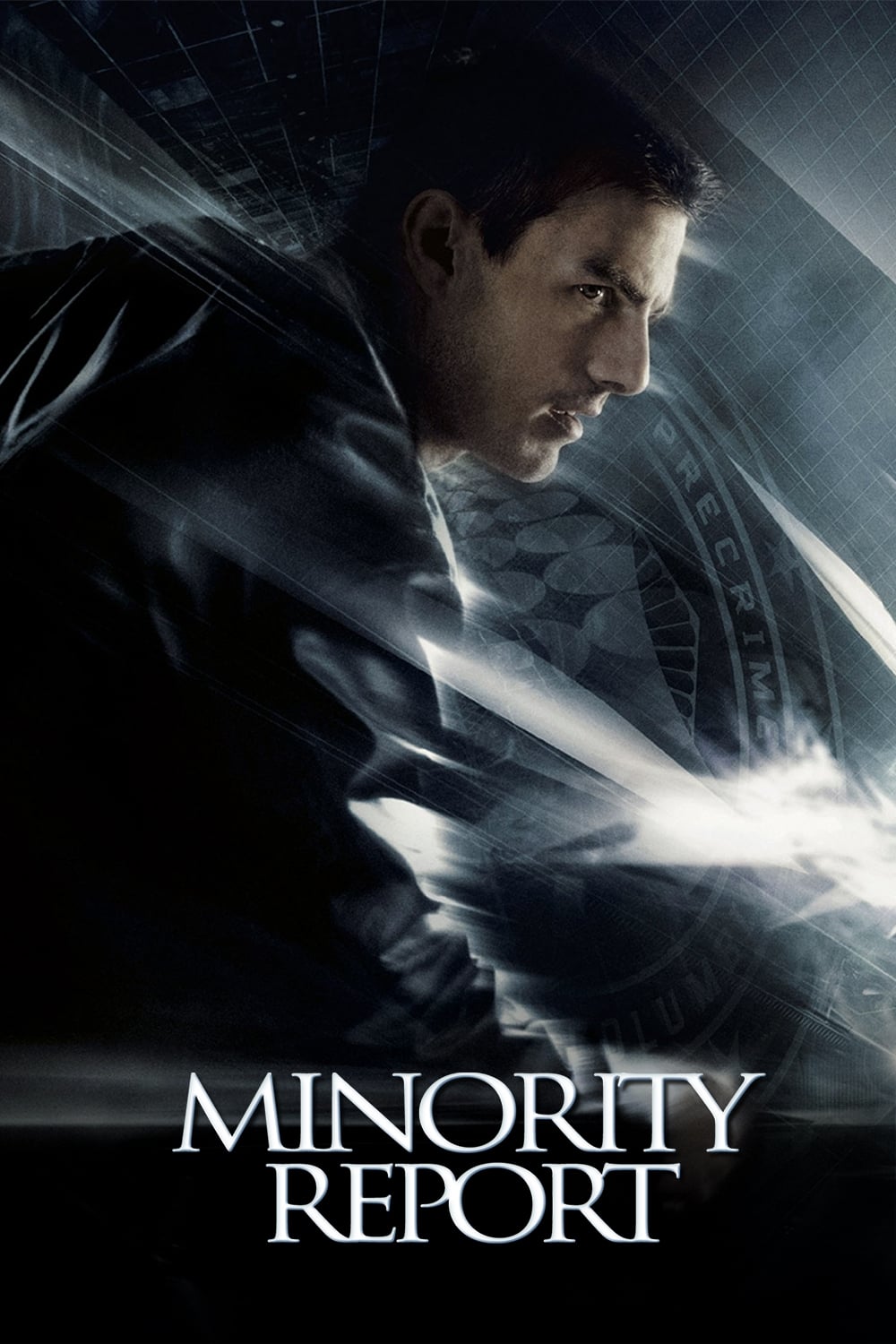
The film’s visuals have a distinctive, slightly desaturated look achieved through a special processing technique, but the original footage is still incredibly sharp and detailed. Real locations and sets, along with fast-paced car chases, create strong shapes and shiny surfaces that add depth to the image. The filmmakers carefully kept records of how they combined real footage with computer-generated effects. Recently, the film was remastered in 4K, providing a solid foundation for a modern 3D color correction.
‘Dunkirk’ (2017)
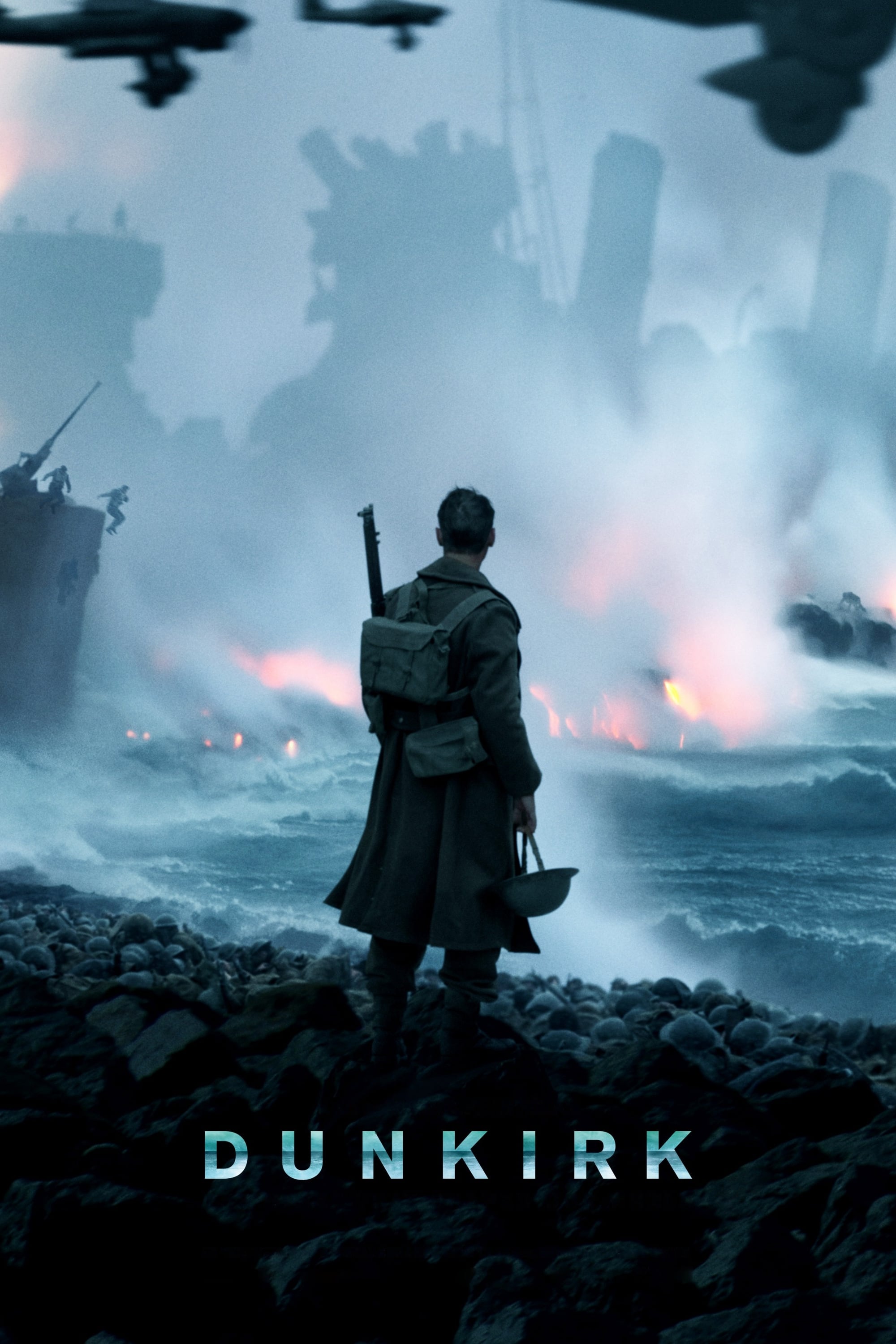
Much of the film was shot using large-format IMAX and 65mm cameras to capture incredibly detailed images. Real aerial footage, filmed from vintage planes, adds realistic movement and depth. Wide beach scenes and rescue sequences feature clear horizons and show layers of people. We’ve carefully maintained the original film’s varying screen shapes while also adding a three-dimensional effect.
‘The Revenant’ (2015)
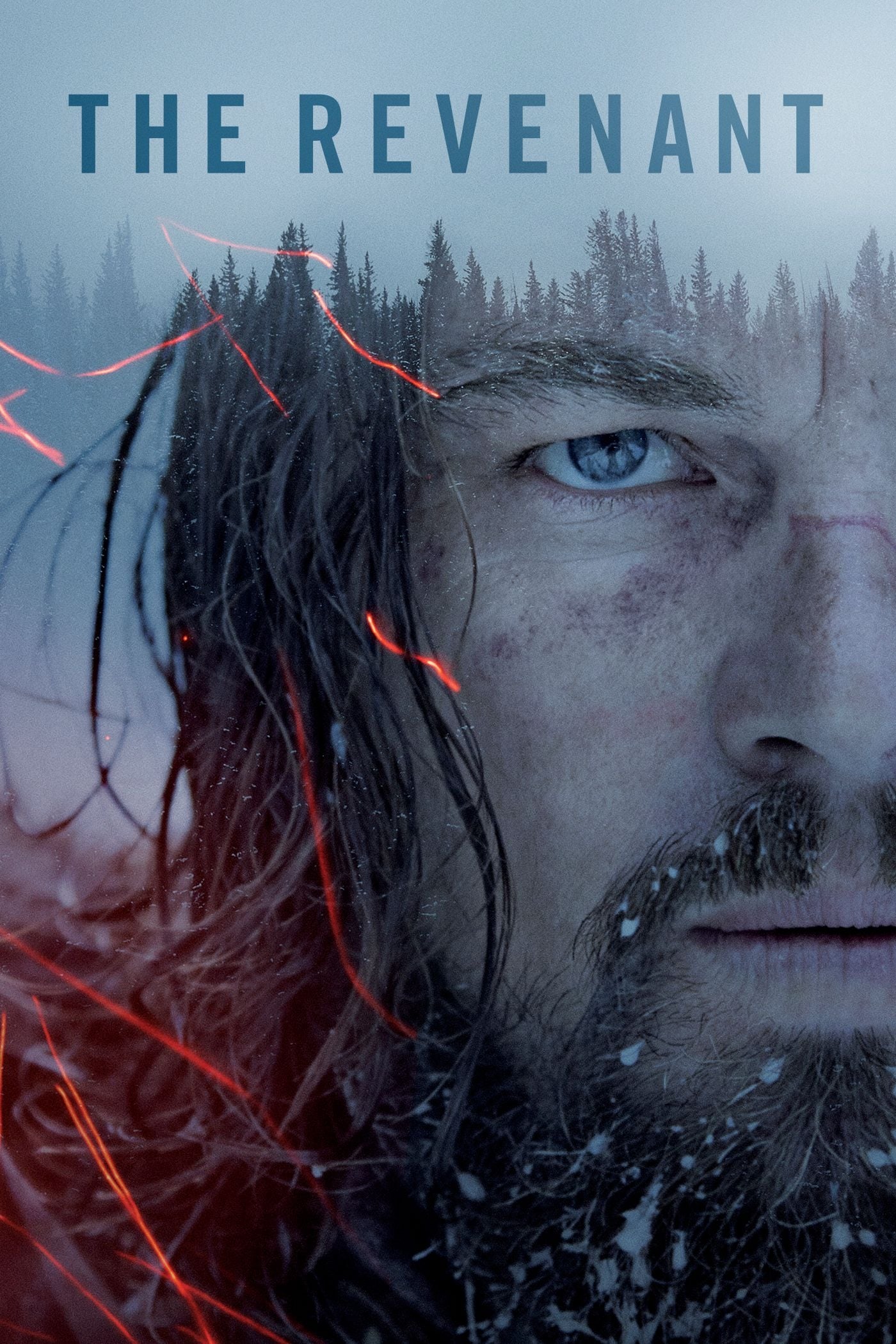
The movie was filmed using natural light, long shots, and wide-angle lenses to create a sense of depth. Shooting on location in snowy forests provided a striking contrast between the subjects and their surroundings. The original footage was saved in high resolution, allowing for detailed color correction. The filmmakers used smooth camera movements to ensure a clear and consistent 3D effect throughout the longer scenes.
‘Apollo 13’ (1995)

The film blends footage of simulated weightlessness, small-scale spacecraft models, and historical NASA recordings. Shot on 35mm film with excellent clarity, it’s well-suited for modern restoration and enhancement. Interiors and control rooms at NASA offer strong, defined shapes that create a sense of depth. Recent restorations confirm the availability of high-quality original film elements.
‘Godzilla’ (1998)

The production utilized a combination of large-scale physical models, practical explosions, and early digital effects, all filmed with high-resolution cameras. Night scenes featuring rain and smoke created a strong sense of depth. High-quality materials were created to ensure the footage looks good in 4K resolution, even with added film grain. Wide shots of the city taken with long lenses and from helicopters allowed for realistic perspective and movement within the frame.
Share which film you would prioritize for a future stereo remaster in the comments.
Read More
- Gold Rate Forecast
- Broadcom’s Quiet Challenge to Nvidia’s AI Empire
- Goddess of Wealth Just Turned into Goddess of Oops 😬 #CryptoCrime
- How to Do Sculptor Without a Future in KCD2 – Get 3 Sculptor’s Things
- HYPE: To $50 or Not To $50? 🤔
- Bitcoin’s Wild Ride: Whales, Whimps, and $2K Checks 🤑
- XRP Soars as Government Shutdown Ends & ETFs Race to Launch!
- CNY JPY PREDICTION
- KPop Demon Hunters Had a Kiss Scene? Makers Reveal Truth Behind Rumi and Jinu’s Love Story
- Investing Dividends: A Contemporary Approach to Timeless Principles
2025-11-16 15:17